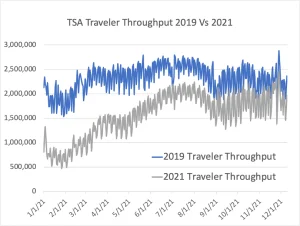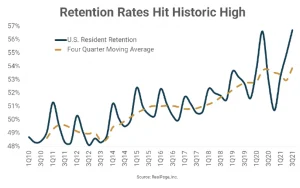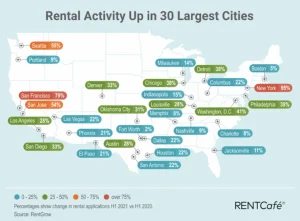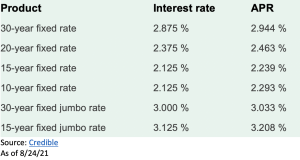What is a CMBS LOAN?
What is CMBS: CMBS stands for Commercial mortgage-backed securities. CMBS loans, also known as conduit loans, are secured by a first-mortgage position across all asset classes. CMBS loans are offered by conduit lenders, in addition to investment and commercial banks. These loans are packaged together and then sold to investors on the CMBS bond market.
Features of CMBS Loans: CMBS loans are usually issued at 5, 7, 10 year term lengths, though they are amortized over a 25-30 year period. Given the loan term and amortization schedule is not synced, a predetermined balloon payment is typically required to be paid at the end of the term. This sum can be refinanced when the time comes.
Liability: CMBS Loans are non-recourse, which means that the borrower/investor has limited liability and essentially acts as shield against personal liability unless there is evidence of deliberate wrongdoing and damage. therefore, the lender cannot seek any additional collateral from the borrower beyond the property itself.
Loan sizes: The minimum loan amount required to obtain a CMBS loan is $2m without a maximum.
Loan Assumption: Conduit loans are fully assumable, if a property owner sells the asset the loan can then be based on to the buyer.
Pre-Payment Penalties:
1. Longer fixed rates generally equate to longer pre-payment penalties
2. Lower interest rates are indicative of aggressive prepayment penalties.
3. Prepayment is associated with risk for the lender. Penalties and interest rates have an inverse relationship.
Servicing – Servicing CMBS loans can be a complex process involving long contracts involving multiple parties. it is important that the borrower have a knowledgeable lending team that understanding the intricacies of these loans.
Interest Rates: CMBS loans are issued with fixed interest rates. Rates are typically based on the swap rate plus the lenders spread. In typical market conditions CMBS rates sit around 4-5%, though of late rates are sitting in the 2 to mid 3% range.
Underwriting: Underwriting standards are guided by the property’s debt service coverage ratio (DSCR) – minimum 1.25 and the loan to value (LTV) – determined by lender.





